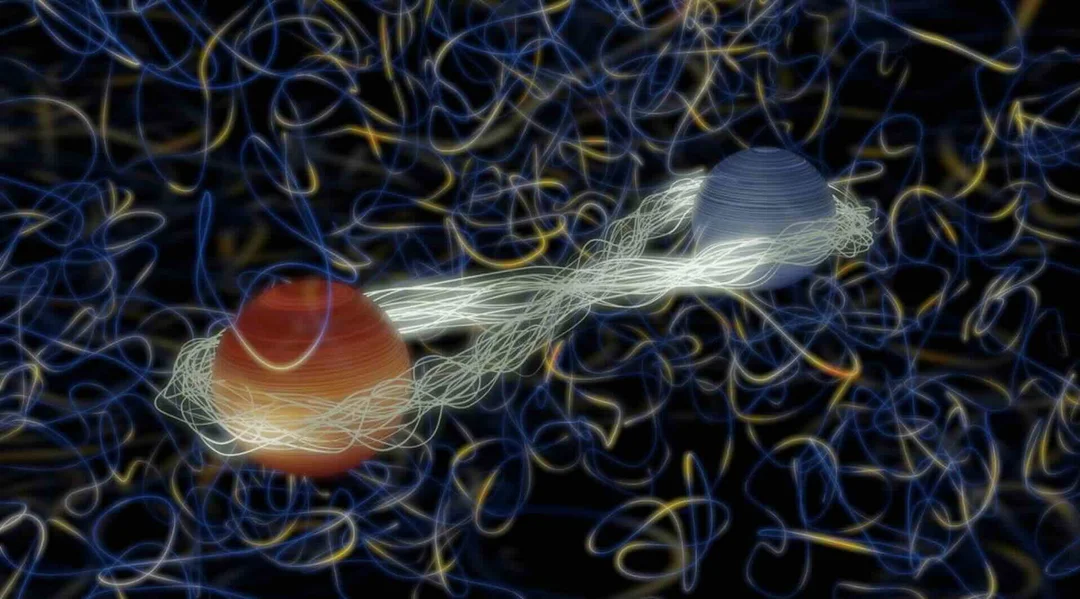
Students Achieve ‘Impossible’ with Quantum-Powered 3D Holograms, No Infrared Needed!
Imagine creating 3D holograms without the need for expensive infrared cameras. That's exactly what a team of undergraduate students at Brown University has achieved, thanks to a groundbreaking microscopic imaging technique utilizing quantum entanglement. This innovation promises to revolutionize biological imaging and holography by offering a cost-effective solution to the persistent challenge of phase wrapping.
Moe (Yameng) Zhang and Wenyu Liu, under the supervision of Petr Moroshkin and Professor Jimmy Xu, presented their work, dubbed "Quantum Multi-Wavelength Holography," at the recent Conference on Lasers and Electro-Optics. Their method uses visible light, entangled with infrared photons, to capture detailed 3D images of microscopic objects.

The traditional method for high-resolution imaging relies on infrared wavelengths, allowing for safe penetration of soft tissues, but requires pricy infrared cameras. The student's innovative approach bypasses this limitation. "You could call this infrared imaging without an infrared camera," said Professor Xu. "It sounds impossible, but they did it. And they did it in a way that enables great depth resolution in the images it produces."
So, how does this "impossible" feat work? The technology hinges on the phenomenon of quantum entanglement, where two paired photons remain interconnected, regardless of the distance. One photon, the "idler," scans the target, while the entangled "signal" photon is measured, allowing researchers to reconstruct the image. The team used a nonlinear crystal to generate photon pairs, with one in the infrared and the other in the visible light spectrum.
One of the major challenges the team faced was phase wrapping, an issue where imaging systems mistake deeply contoured surfaces for shallower ones. To overcome this, they cleverly employed two sets of entangled photons at slightly different wavelengths to create a synthetic wavelength around 25 times longer than the originals. "By using two slightly different wavelengths, we effectively create a much longer synthetic wavelength," explained Liu. "That gives us a much larger measurable range, applicable to cells and other biological materials."
To demonstrate the effectiveness of the new tech, they imaged a 1.5-millimeter metallic “B,” as an homage to Brown University. The project earned Liu the School of Engineering’s Ionata Award, which recognizes exceptional creativity in independent projects. As Zhang noted, meeting pioneers in the quantum imaging field at the conference was an “amazing opportunity.”
This breakthrough has been presented as an important step toward more accessible, scalable, and precise quantum imaging, potentially reshaping how we visualize the microscopic world. What are the implications of this technology for future medical advancements and scientific research? Share your thoughts in the comments below.